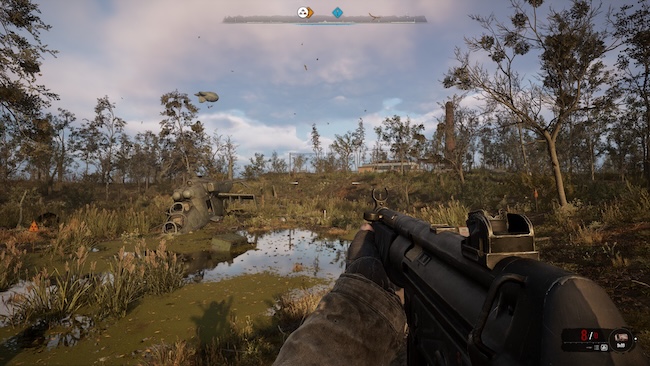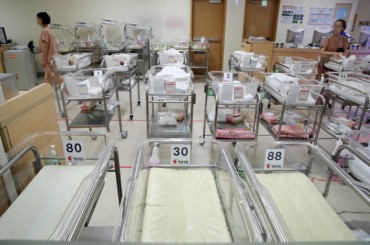SEOUL, Nov. 26 (Korea Bizwire) – After a two-year delay caused by Russia’s invasion of Ukraine, the highly anticipated “S.T.A.L.K.E.R. 2: Heart of Chornobyl” has finally emerged from Ukrainian game developer GSC Game World, marking the studio’s return to its flagship series after a 15-year hiatus.
The game, released on November 21, offers a somber meditation on life and death, shaped by the development team’s own experiences of war. It serves as the official sequel to the original S.T.A.L.K.E.R. trilogy released between 2007 and 2009.
Set in the irradiated wasteland of Chornobyl, the game places players in a sealed-off area known as “The Zone,” where supernatural anomalies and mutated creatures roam amid the aftermath of a nuclear disaster.
Players assume the role of Skif, a stalker navigating between various military and mercenary factions while pursuing a personal vendetta and uncovering a deeper conspiracy.
The game’s world is deliberately inhospitable and grim. From the outset, players face lethal anomalies and formidable monsters. A mysterious red fog called Emission periodically blankets The Zone, forcing players to seek shelter or face certain death.
While weapons are abundant, ammunition is scarce – often yielding only a dozen rounds from fallen enemies – and prohibitively expensive from traders. Combat frequently pits players against multiple intelligent opponents who employ tactical maneuvers, such as flanking and strategic grenade use, compelling careful resource management.
In a departure from conventional first-person shooters, S.T.A.L.K.E.R. 2 imbues combat with emotional weight. Every human character in the game, from villagers to armed bandits to military personnel – even those encountered only as corpses – has a unique name and slightly different facial features.
“This design choice reflects our philosophy that even adversaries are people with their own stories and desires, not just targets or loot sources,” says Maria Grygorovych, the game’s creative director. “In our game, the protagonist isn’t special – they’re subject to the same rules as everyone else.”
The game maintains a consistently serious tone, eschewing the exaggerated humor and didactic characters common in Western games. Instead, it populates its world with hardened survivors and those who have become monsters in human form.
However, technical issues hamper the experience. Even on computers exceeding recommended specifications, the game suffers from frequent performance issues.
Various bugs, from flickering textures to twitching corpses, are common. Character animations and facial expressions lack polish, though the game’s long engagement distances and static atmosphere help mask these shortcomings.
These technical limitations have resulted in middling scores around 70% on Metacritic, the game review aggregation site.
Despite these flaws, S.T.A.L.K.E.R. 2 carves out its own distinctive niche in the open-world shooter genre.
In an era where video games increasingly trend toward cultural homogenization, it stands apart by authentically incorporating the emotional reality of its Ukrainian developers’ experiences.
“Most films, TV series, and games help people escape from everyday life,” Grygorovych notes. “But our game offers a different experience. It reflects real-world hardships, showing that you can’t ‘win’ at life. You can only live it and cherish the process.”
M. H. Lee (mhlee@koreabizwire.com)








